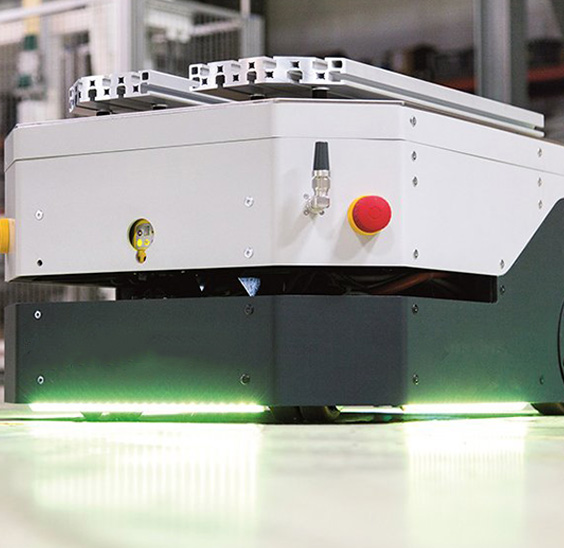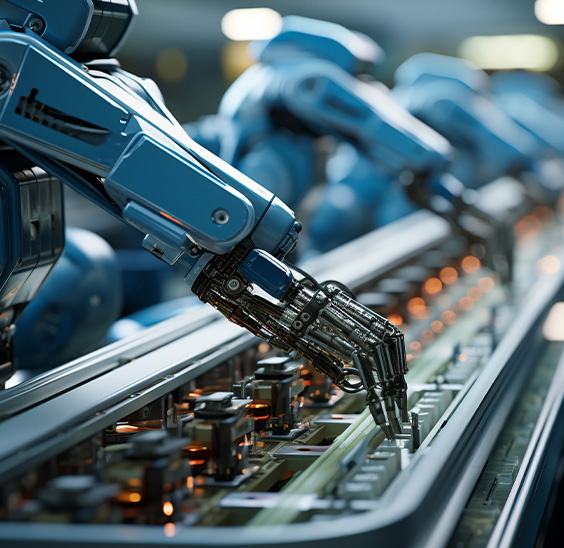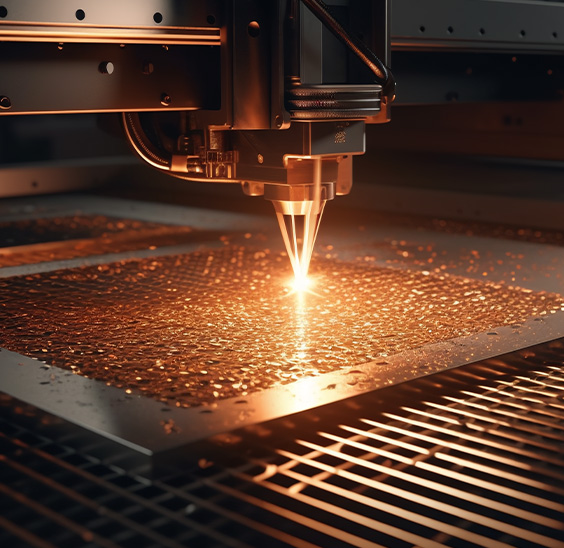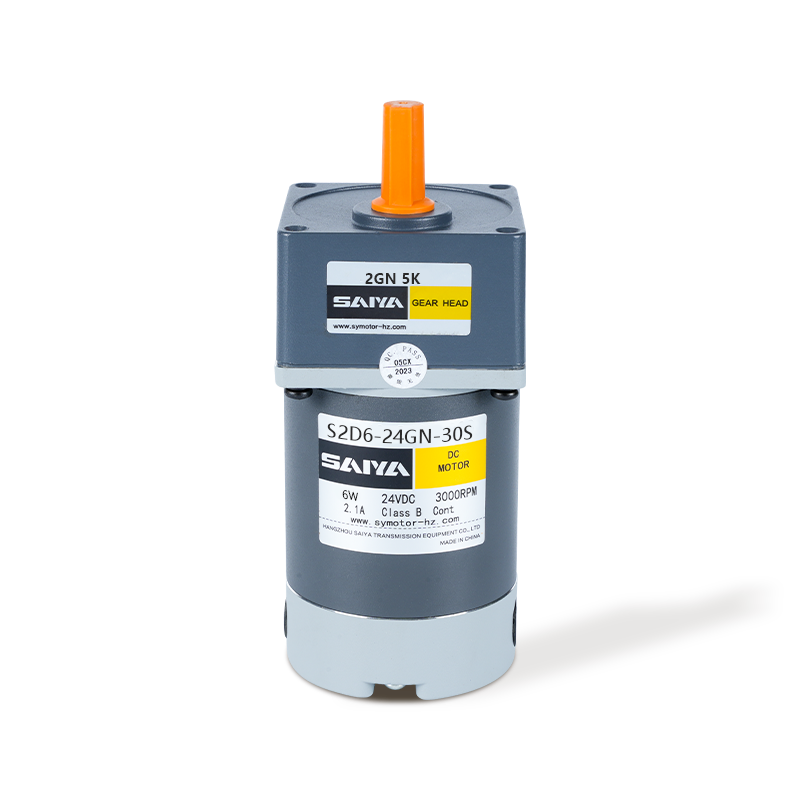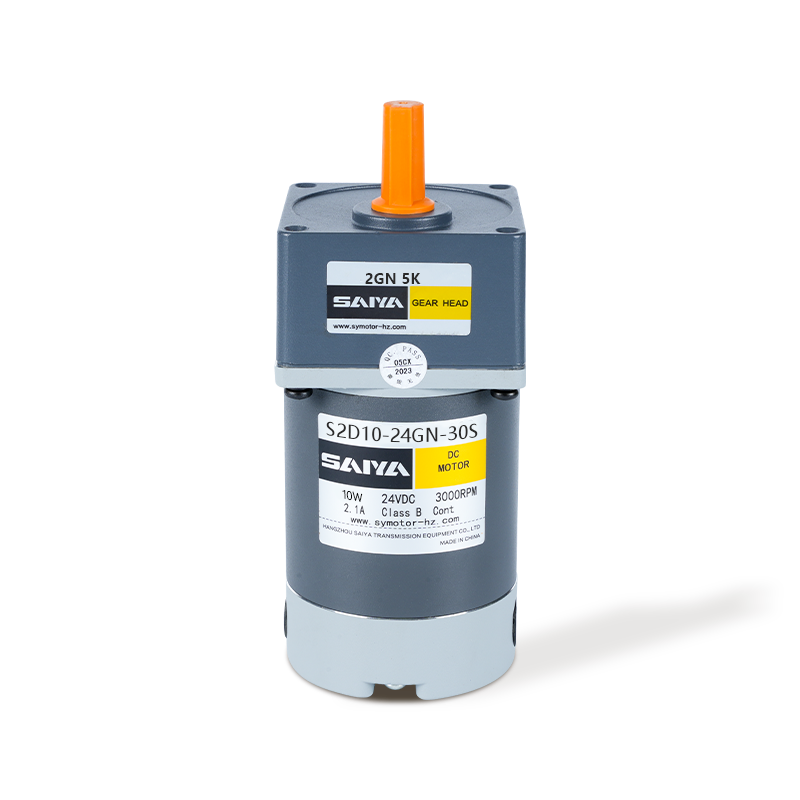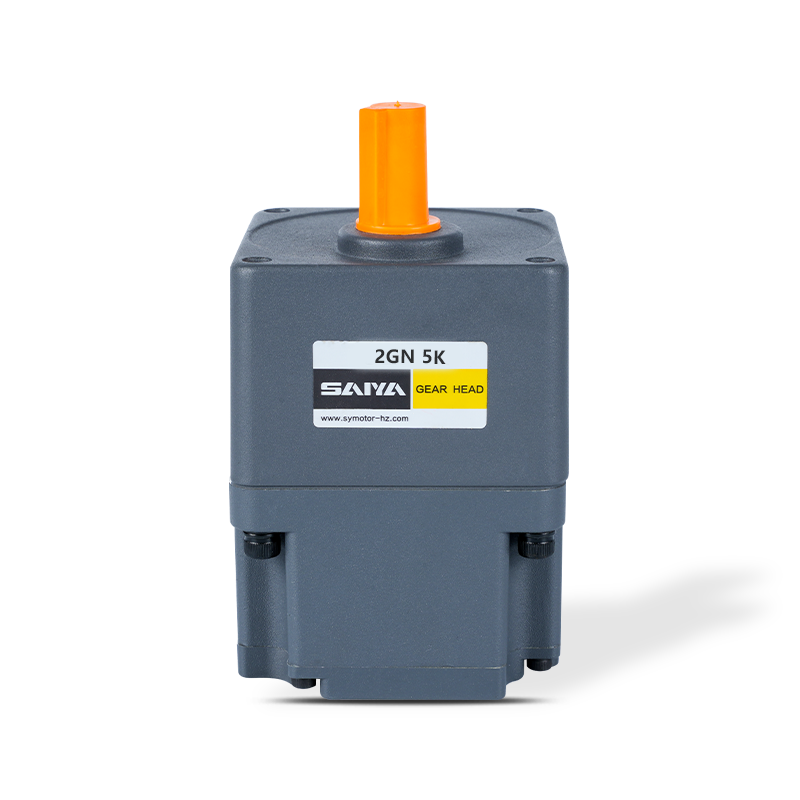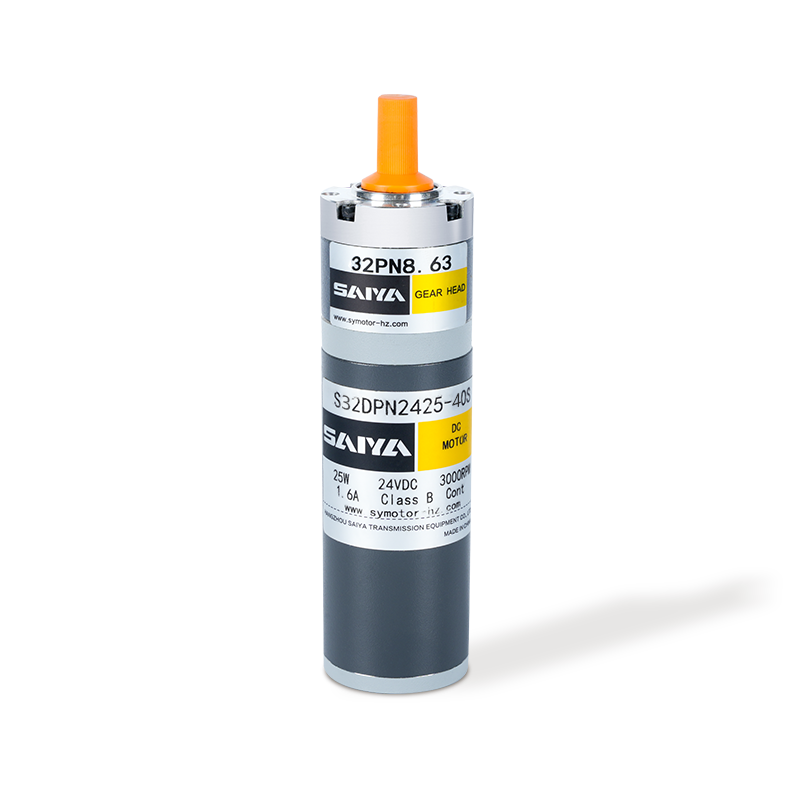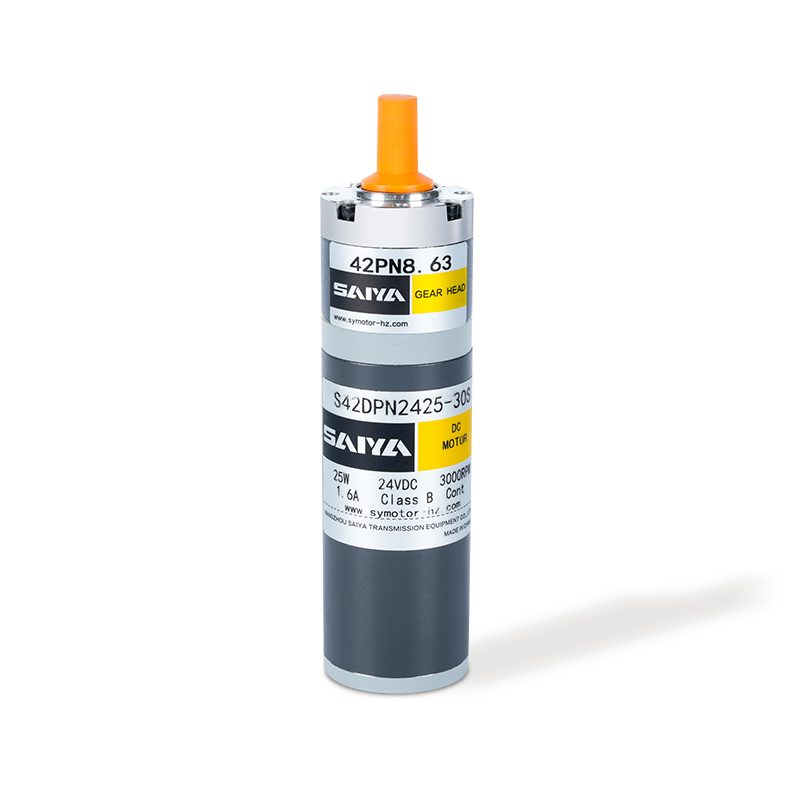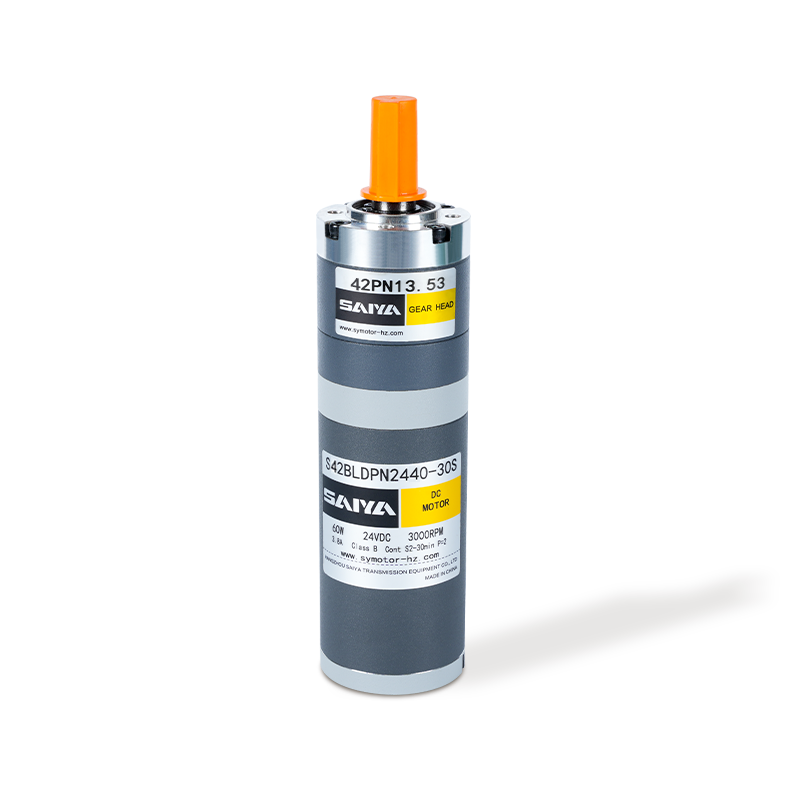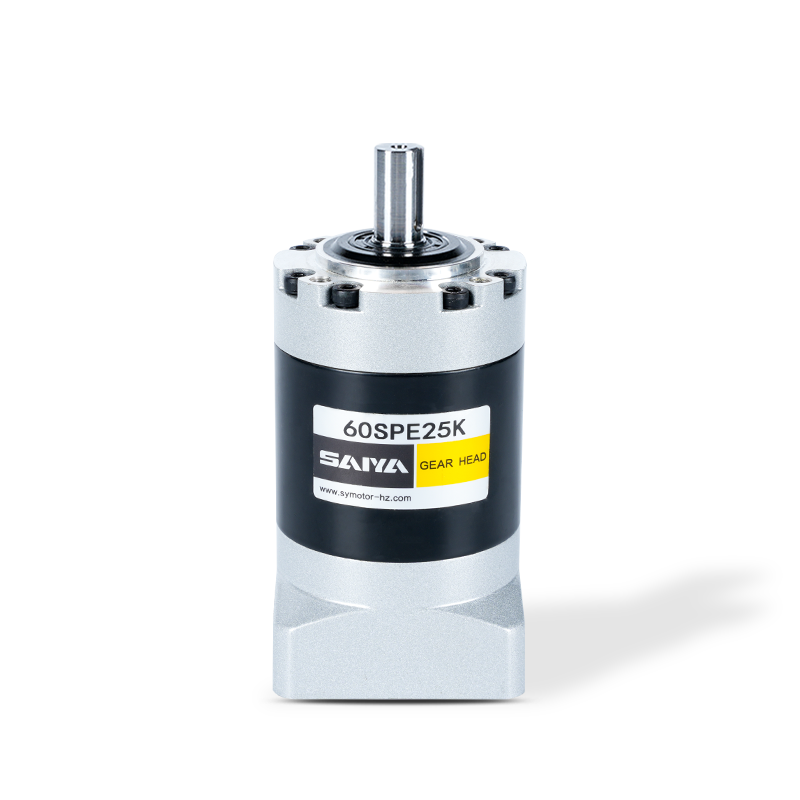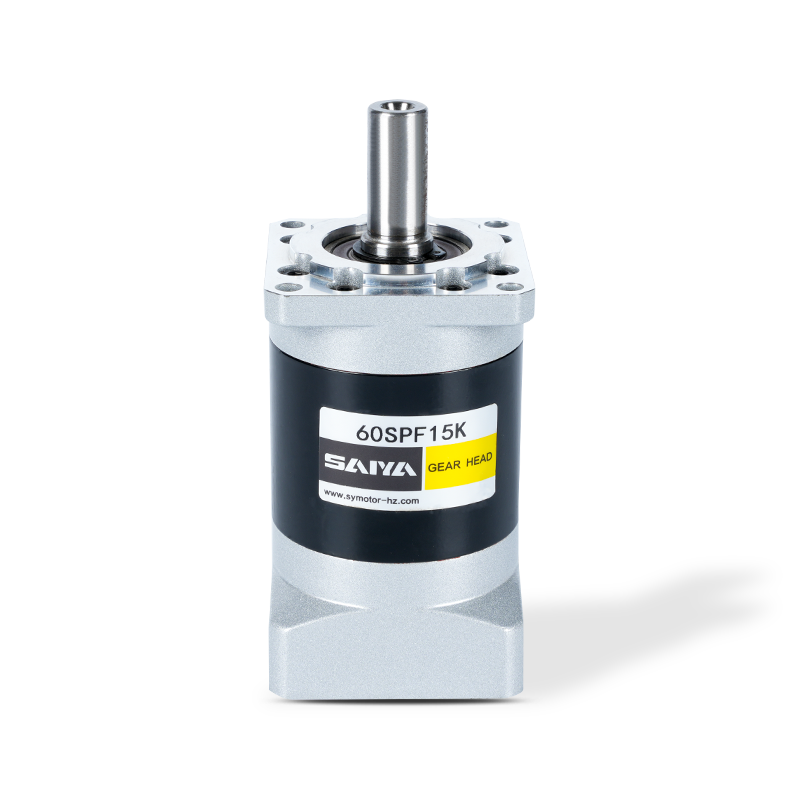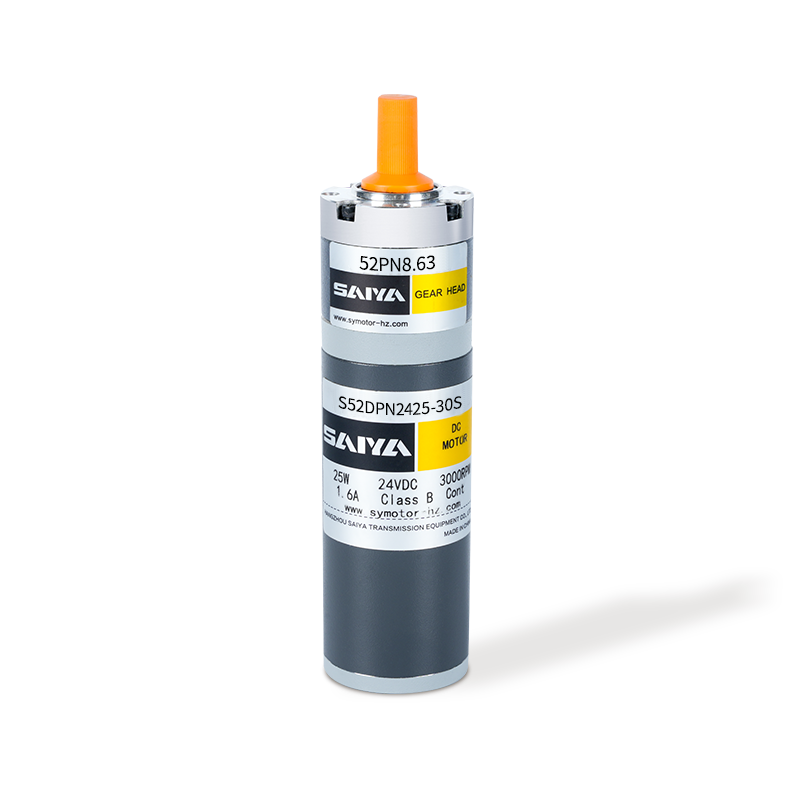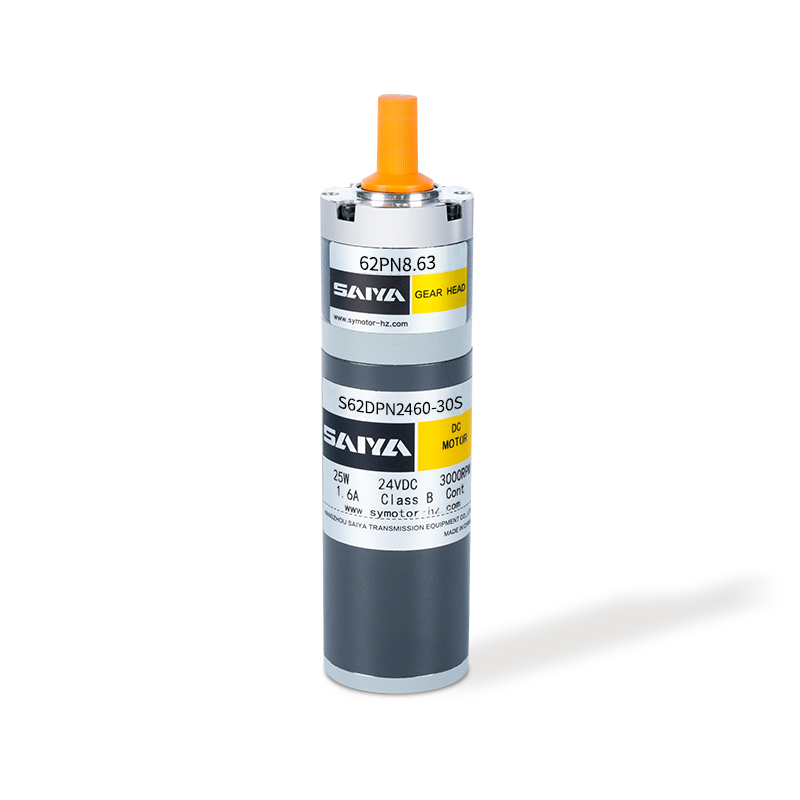Gear Motor: The Core Power of Industrial Transmission
In various types of equipment in modern industry and daily life, gear motor plays a vital role. It may seem inconspicuous, but it is like the "power heart" of the equipment, providing stable and appropriate power output for various mechanical operations.
1. What is Gear Motor
Gear motor is not a single device, but a clever combination of motor and reducer. The motor is familiar to everyone. It converts electrical energy into mechanical energy efficiently according to the law of electromagnetic induction. Common ones include DC motor and AC motor. The reducer is a power transmission mechanism that uses the meshing of gears to change the speed and torque. Gear motor combines the advantages of these two and can output speed and torque that better meet the needs of the equipment. For example, the common 4-pole ordinary motor generally has an output synchronous speed of 1500rpm. If the speed required by the equipment is much lower than this, the speed can be reduced to a suitable value through the internal gear mechanism with the help of Gear motor, while increasing the torque.

2. The working principle is revealed
When the Gear motor is working, the motor starts first and generates high-speed rotating power. This power is transmitted to the input shaft of the reducer, and the gears on the input shaft work together with a series of meshing gear sets. During the meshing process of the gears, the speed is reduced due to the difference in the number of teeth of different gears. According to mechanical principles, the torque will increase accordingly when the speed is reduced. Simply put, it is like switching to a low gear when riding a bicycle. Although the pedaling speed is slower, it can climb the hill more easily. This is the effect of increased torque. For example, the planetary gear reduction motor has a unique planetary gear structure. Multiple planetary gears rotate around the central sun gear. When transmitting power, it can not only reduce the speed smoothly, but also output a large combined torque to ensure the stable operation of the equipment.
Three, a wide range of applications
Industrial automation production line: On the automated assembly line of the automobile manufacturing plant, the Gear motor drives the mechanical arm to accurately grasp and carry parts, and its stable torque output ensures the accuracy and efficiency of the operation. On the production line of electronic products, the Gear motor drives the conveyor belt to run smoothly, realizing the rapid and orderly transmission of products.
Smart home equipment: Today, smart homes have entered thousands of households. Smart curtains are inseparable from Gear motors, which quietly and smoothly drive the curtains to open and close, creating a comfortable home environment for users. There are also smart door locks, where Gear motors help the lock core rotate accurately to ensure family safety.
Medical equipment: In the medical field, Gear motors also play a key role. For example, in large medical imaging equipment such as CT machines and MRI equipment, Gear motors control the precise movement of scanning components to obtain clear human images. In some small medical equipment, such as electric beds and rehabilitation training equipment, Gear motors provide stable power to help patients recover.

Power tools: The electric screwdrivers, electric drills and other power tools we use daily are also equipped with Gear motors. It allows the tools to output strong torque at low speeds, easily complete tasks such as tightening screws and drilling, and greatly improve work efficiency.
With the increasing global attention to energy issues, Gear motor manufacturers are constantly developing new technologies to improve product energy efficiency. For example, new materials are used to reduce gear friction losses, optimize motor winding design, and improve power conversion efficiency. Although Gear motor looks ordinary, it plays an irreplaceable role in various fields. With the continuous advancement of technology, it will bring more convenience and possibilities to our lives and industrial development.


 EN
EN  English
English 中文简体
中文简体 русский
русский Español
Español
